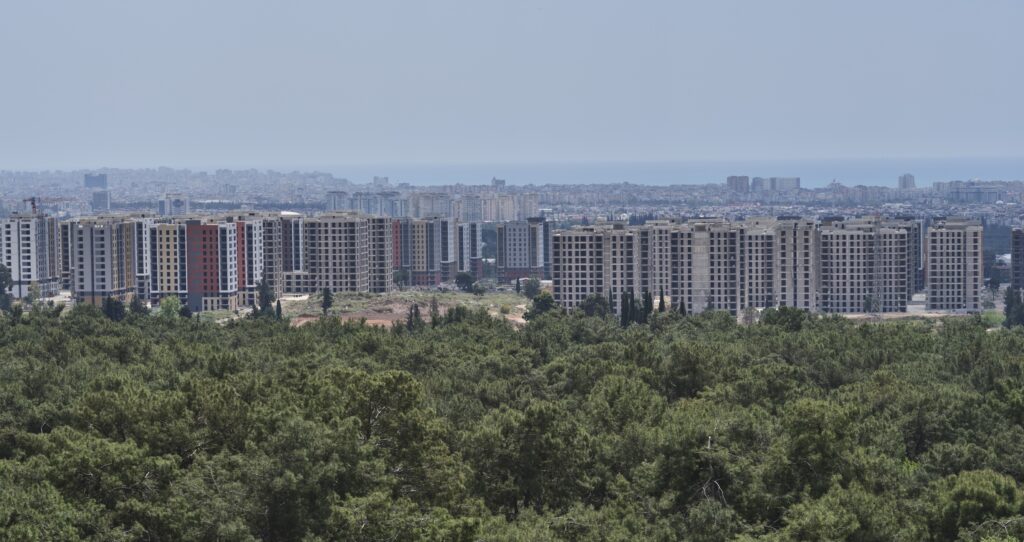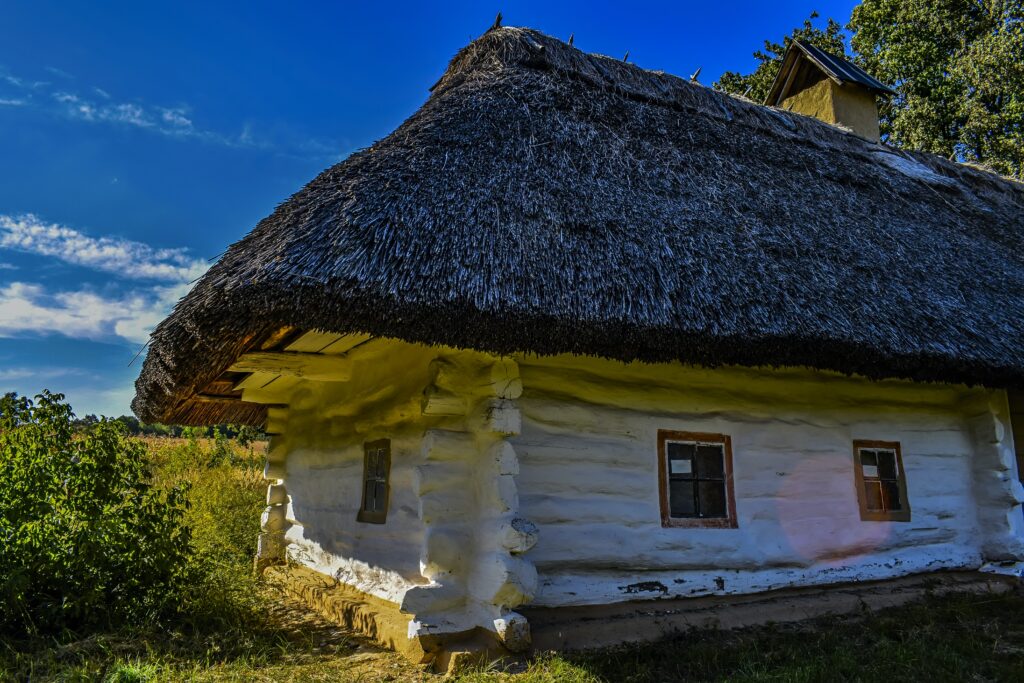Have you ever wondered about the population of Myrtle Beach, South Carolina? Well, you’re in luck! In this article, we will uncover the latest statistics and figures that reveal the population of this popular coastal city. Whether you’re a local resident curious about your community or a visitor wanting to know more about this vibrant destination, stay tuned for some fascinating insights into the population of Myrtle Beach, South Carolina.
Demographics of Myrtle Beach
Myrtle Beach, located in South Carolina, is a vibrant and popular coastal city known for its beautiful beaches and lively atmosphere. As a favorite vacation destination for many, the demographics of Myrtle Beach are diverse and constantly evolving. In this article, we will delve into various aspects of the city’s population, including population growth, age distribution, ethnicity and race, gender distribution, income levels, education levels, employment and industries, housing and households, migration patterns, and population projections.
Population Growth
Historical Population
Over the years, Myrtle Beach has experienced significant population growth. In 2000, the population was approximately 22,759. By 2010, the number had soared to around 27,109. This growth trend continued, and as of 2021, the estimated population of Myrtle Beach stands at around 36,356. These figures demonstrate a steady increase in population, highlighting the city’s allure and attraction as a place to live, work, and visit.
Factors Contributing to Growth
Several factors have contributed to the population growth in Myrtle Beach. The city’s robust tourism industry, with its myriad of attractions, world-class golf courses, and stunning beaches, has played a significant role in attracting people to settle down. Additionally, the availability of employment opportunities in various sectors, including hospitality, healthcare, and retail, has been instrumental in drawing individuals and families to the area. Moreover, the pleasant climate, low cost of living, and active retirement communities have made Myrtle Beach an appealing choice for retirees.
Population Density
With its growing population, Myrtle Beach has experienced an increase in population density as well. The city covers an area of approximately 23 square miles, leading to a population density of around 1,578 people per square mile. This density is relatively high, indicating the city’s popularity and the concentration of residents and visitors in certain areas.

Age Distribution
Median Age
The median age in Myrtle Beach is approximately 45 years old. This indicates that the city has a slightly older population compared to the national median age of around 38 years. The higher median age can be attributed to the presence of many retirees who are drawn to Myrtle Beach’s inviting climate, quality healthcare facilities, and the abundance of activities tailored to an older demographic.
Age Groups
Myrtle Beach has a diverse distribution of age groups. The city boasts a significant number of young professionals and families with children who are attracted to the area’s economic opportunities, excellent school districts, and recreational offerings. Additionally, with its vibrant retirement communities, Myrtle Beach is also home to a large population of seniors who enjoy the city’s amenities and a peaceful coastal lifestyle.
Percentage of Children, Adults, and Seniors
Myrtle Beach has a relatively balanced distribution of children, adults, and seniors. Approximately 19% of the population consists of individuals under the age of 18, indicating a significant presence of young families. Adults between the ages of 18 and 64 make up around 59% of the population, highlighting the city’s working-age demographic. Lastly, seniors aged 65 and older account for approximately 22% of the population, reflecting the appeal of Myrtle Beach as a retirement destination.
Ethnicity and Race
Racial Composition
Myrtle Beach boasts a diverse racial composition. The majority of the population identifies as White, comprising around 81% of residents. African Americans account for approximately 8% of the population, while individuals of Hispanic or Latino origin make up around 6%. Furthermore, the city is also home to residents of Asian, Native American, and other racial backgrounds, adding to the multicultural fabric of Myrtle Beach.
Ethnic Groups
As for ethnic groups, the majority of Myrtle Beach’s population identifies as non-Hispanic, constituting about 94% of residents. The remaining 6% of the population identifies as Hispanic or Latino. This diversity contributes to the rich cultural landscape of the city and offers a wide range of culinary, artistic, and community experiences for residents and visitors alike.
Trends and Changes
In recent years, Myrtle Beach, like many other cities in the United States, has experienced a gradual increase in ethnic and racial diversity. This shift can be attributed to various factors, including increased migration patterns and a growing recognition and celebration of diverse cultures. As the city continues to evolve, these trends are likely to shape the demographic landscape of Myrtle Beach in the years to come.

Gender Distribution
Male Population
In terms of gender distribution, Myrtle Beach has a slightly higher percentage of males compared to females. Males account for approximately 51% of the population, indicating a relatively balanced gender ratio. This distribution reflects the diverse range of individuals who are drawn to Myrtle Beach for various reasons, including employment opportunities, retirement options, and a vibrant social scene.
Female Population
Females make up around 49% of Myrtle Beach’s population. The slight difference in gender percentages showcases the city’s appeal to individuals of all gender identities. It is also worth noting that the city’s inclusive and welcoming environment encourages a sense of community and belonging for residents regardless of gender.
Gender Ratio
With a slightly higher proportion of males, Myrtle Beach has a gender ratio that leans slightly towards men. This balanced distribution sets the stage for the city’s social dynamics, fostering a diverse and inclusive community where people of all genders can thrive.
Income Levels
Median Household Income
Myrtle Beach has a median household income of approximately $41,696. While this figure is lower than the national median household income, it is important to consider the lower cost of living in the area. With its affordable housing options and a lower overall cost of necessities, Myrtle Beach provides a favorable economic environment for residents.
Income Distribution
The income distribution in Myrtle Beach is characterized by a broad range of earning levels. A substantial portion of residents earns salaries in the middle-income range, with opportunities for growth and advancement in various industries. Additionally, the city is also home to individuals who earn higher incomes, particularly those working in managerial positions or specialized fields. However, there is also a segment of the population that falls below the poverty line, emphasizing the importance of fostering economic development and social programs to support those in need.
Poverty Rate
Myrtle Beach has a poverty rate of approximately 23%, which is higher than the national average. This suggests that there is a portion of the population experiencing financial hardship and limited access to resources. Addressing poverty and providing support for vulnerable individuals and families are crucial aspects of community development and ensuring a more equitable and inclusive society.
Income Disparity
As with many cities around the country, Myrtle Beach faces income disparity challenges. While there is a significant middle-income segment, there are also considerable gaps between high-income individuals and those living below the poverty line. Identifying and addressing these disparities through targeted initiatives, such as affordable housing programs and job creation efforts, can promote a more balanced distribution of wealth and create opportunities for all residents.

Education Levels
Educational Attainment
Myrtle Beach has a diverse educational landscape, with various levels of educational attainment among its residents. Approximately 89% of individuals aged 25 and older have obtained a high school diploma or higher, reflecting a strong emphasis on education within the community. Moreover, around 24% of the population holds a bachelor’s degree or higher, indicating a significant number of residents who have pursued higher education.
School Enrollment
Myrtle Beach boasts a well-developed educational system, with access to quality schools for students of all ages. The city is home to several public and private schools that provide comprehensive educational programs. Additionally, Myrtle Beach also offers opportunities for higher education, with colleges and universities in the surrounding areas catering to a wide range of academic interests.
Top Educational Institutions
Myrtle Beach benefits from the presence of various highly regarded educational institutions in and around the city. Coastal Carolina University, located nearby, is a notable institution offering a broad range of undergraduate and graduate programs. Additionally, Horry-Georgetown Technical College serves as a crucial resource for vocational training and continuing education opportunities, contributing to the skills development and intellectual growth of the community.
Employment and Industries
Employment Rate
Myrtle Beach maintains a healthy employment rate, fueled by the diverse range of industries present in the area. With a strong focus on tourism, the hospitality sector provides numerous job opportunities, ranging from hotel management to entertainment and service roles. The healthcare industry is also a significant employer in Myrtle Beach, as the city hosts various medical facilities and retirement communities. Additionally, retail, construction, and professional services also contribute to the local job market.
Top Industries
The tourism industry remains one of Myrtle Beach’s driving economic forces, attracting millions of visitors each year. This sector generates employment opportunities in hotels, restaurants, amusement parks, and various recreational venues. Moreover, the healthcare industry plays a crucial role in the city’s economy, as Myrtle Beach has become a hub for medical services, eldercare facilities, and physician practices. Other prominent industries include retail and construction, catering to the needs of both residents and tourists.
Major Employers
Myrtle Beach boasts several major employers that contribute significantly to the city’s workforce. The top employers in the area include Horry County Schools, Coastal Carolina University, HCA Grand Strand Medical Center, Tidelands Health, and the City of Myrtle Beach. These organizations, along with various private companies, provide stable employment opportunities and drive economic growth within the community.
Housing and Households
Housing Units
Myrtle Beach offers a wide array of housing options to accommodate its growing population. The city has a total of approximately 18,800 housing units, comprising single-family homes, townhouses, apartments, and condominiums. The availability of diverse housing types ensures that residents of varying preferences and needs can find suitable living arrangements.
Homeownership Rate
Myrtle Beach has a homeownership rate of around 46%, indicating that a significant portion of the population chooses to rent rather than buy property. This trend is partly due to the city’s strong tourist appeal, which has resulted in a robust vacation rental market. Many residents take advantage of this by renting out their properties, contributing to the local economy while offering a unique experience for tourists visiting the area.
Average Household Size
The average household size in Myrtle Beach is approximately 2.24 persons per household. This indicates that the city primarily consists of smaller households, likely due to the presence of singles, young professionals, and retirees. The smaller average household size also aligns with the condominium and apartment living options available in the city, which cater to individuals and families seeking a more compact living style.
Migration Patterns
Migration has played a notable role in shaping the population of Myrtle Beach. The city’s captivating beaches, mild climate, and vibrant lifestyle have attracted individuals and families from across the United States and beyond. Additionally, the presence of retirement communities has made Myrtle Beach an appealing destination for seniors looking for a peaceful and enjoyable retirement experience. In recent years, the city has also seen an increase in international migration, further diversifying its population.
Population Projections
Future Population Estimates
As Myrtle Beach continues to thrive and gain recognition as a desirable location to live, work, and visit, future population estimates are promising. While precise figures are subject to various factors, including economic conditions and demographic trends, projections suggest that the city’s population will continue to grow steadily. By fostering sustainable development and supporting infrastructure, Myrtle Beach can accommodate this growth while maintaining its unique charm and high quality of life.
Population Growth Predictions
Based on current trends, population growth in Myrtle Beach is expected to continue at a moderate pace in the foreseeable future. The city’s appealing lifestyle, strong job market, and status as a renowned vacation destination contribute to its growth potential. By ensuring the availability of affordable housing, investing in education and healthcare, and preserving the natural beauty of the area, Myrtle Beach can attract prospective residents and sustain its growth trajectory.
Implications for Development and Planning
Anticipating and understanding population projections is vital for effective development and planning in Myrtle Beach. As the population grows, it becomes essential to prioritize sustainable urban development, infrastructure improvements, and the preservation of natural resources. By considering the needs and aspirations of both current and future residents, city planners can ensure that Myrtle Beach continues to flourish as a thriving, inclusive, and resilient community.
In conclusion, the demographics of Myrtle Beach reflect a thriving coastal city with a diverse and dynamic population. The city’s population growth, age distribution, ethnicity and race, gender distribution, income levels, education levels, employment and industries, housing and households, migration patterns, and population projections all contribute to its unique character. As Myrtle Beach continues to evolve, it is crucial to carefully consider these demographics to guide future development, foster economic prosperity, and create a rich and inclusive community for residents and visitors alike.
